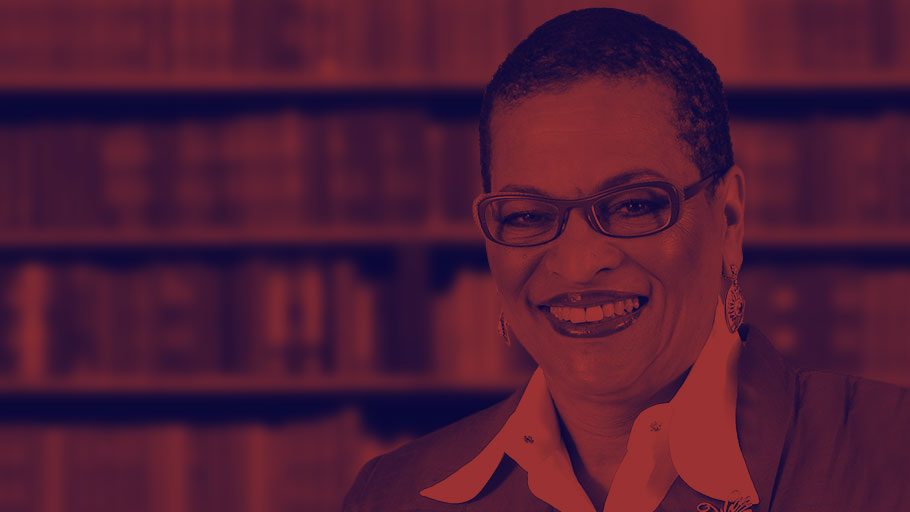One hundred and fifty years ago, President Abraham Lincoln signed the Emancipation Proclamation. It was a flawed document that freed enslaved people in Confederate areas that he did not control. At the same time, it was a progressive document because it initiated discussion about the “freedom” Thirteenth, Fourteenth and Fifteen Amendments.
One hundred years later, in 1963, Dr. Martin Luther King riveted the nation with his “I Have A Dream” speech during the August 28 March on Washington. Many will remember that he said, “I have a dream that one day people will be judged not by the color of their skin but by the content of their character.” Somehow people forget that in the same speech he said, “We have come to the nation’s capital to cash a check that has been marked insufficient funds”. If people said “cash the check” as often as they said “I have a dream”, we’d move more quickly forward in closing the economic gaps that African American people experience.
We’ve been doing this fifty-year thing for the past couple years, and we’ll be doing it for another few. The “Greensboro Four” North Carolina A&T State University Students (with the help of Bennett College students, often ignored) sat in at Woolworth counters on February 1, 1960, more than fifty years ago. The March on Washington happened fifty years ago. The Civil Rights Act was passed in 1964, and beyond that the sixties will resonate for the next few years with commemorations and anniversaries.
These celebrations are important historical moments, but who remembers? The median age of the population in the United States is about 37 years old. Many of these folks remember the civil rights moment through twice and thrice told tales. Those who are under the median age see the civil rights movement as something like a fable, something they heard about, but doesn’t really matter to them. Many of these young people see themselves as “post-racial”. They hang out with their peers, race notwithstanding. They have never experienced discrimination. Even when they experience it, they are slow to embrace it. They are post-racial, whatever that means.
If some of these young people had been immersed in history, they might understand why the black unemployment rate is twice that of the white rate. If they had read some Dr. Martin Luther King, who spoke of racial disparities in much of his work, they would understand the many ways the struggle continues. But popular culture suggests that when black folks and white folks can both act extreme fools on reality shows (I think I blanked out after about a minute of “Bad Girls Club”); there is some measure of equality.
There has been a rich history and legacy of struggle and protest that has been swallowed by the notion of post-racialism in the first decades of this century. It is laudable that President Obama will use both the Bible of Dr. Martin Luther King Jr. and that of President Abraham Lincoln, connecting the 150-year-old dots. President Obama’s choice in using both Bibles in this anniversary year is a testament to his sensitivity and ability to juggle the tightrope he must manage as both President of the United States and the first African American President of our nation.
Most folks over 50 get it. What about those who are both younger than our nation’s median age and unschooled in the nuances of history? Is our conversation about race in America stuck in some kind of time warp, where we are unable to speak cross generationally because we have extremely different memories, recollections, and knowledge about that which happened fifty years ago?
We do our nation a disservice when we duck and dodge our racially tinged history. We have to grace and embrace the past in order to move forward with our future.
Somehow this is a message that needs to be transmitted to young people, especially in this 150th year after emancipation, this 50th year after the March on Washington, this season of embracing and celebrating our history.















